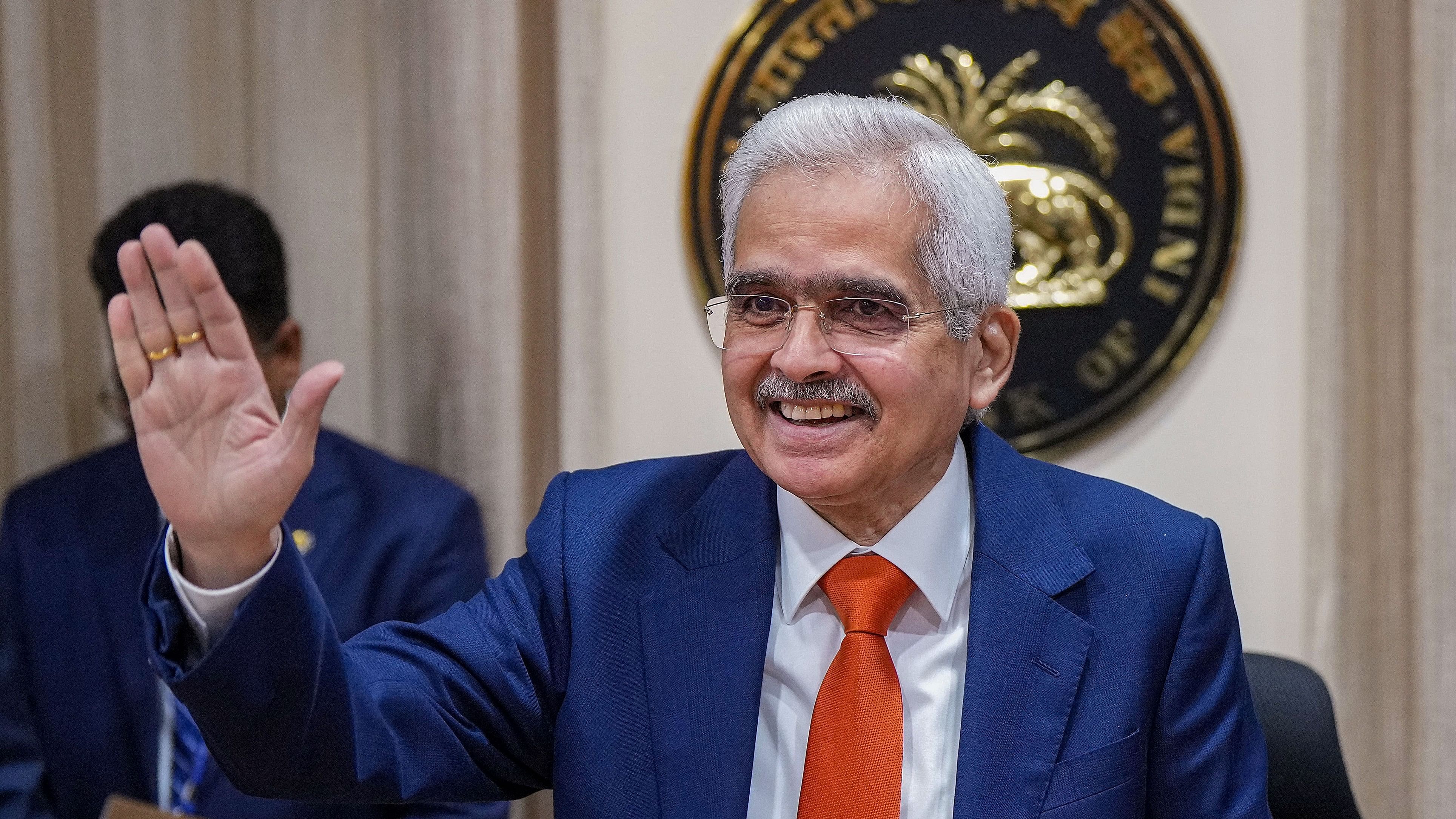
Reserve Bank of India (RBI) Governor Shaktikanta Das arrives to address a press conference on monetary policy statement, at the RBI headquarters in Mumbai, Friday, Oct. 6, 2023.
PTI
Reserve Bank of India Governor Shaktikanta Das on Friday flagged concerns over the recent surge in unsecured credit growth and asked banks and non-banking financial companies to strengthen their internal surveillance mechanisms as the change in credit composition may pose stress to financial stability.
“Banks and NBFCs would be well advised to strengthen their internal surveillance mechanisms, address the build-up of risks, if any, and institute suitable safeguards in their own interest,” Das said, while addressing the media after the Monetary Policy Committee meeting in Mumbai.
In the last two financial years unsecured retail credit surged by 23% as against an overall credit growth of 12-14%. This has led to a significant change in credit composition. The share of unsecured retail loans in overall credit rose from 22.9% in the financial year 2020-21 to 25.2% in the financial year 2022-23, as per data by RBI.
This change in loan composition has made the RBI worried. Governor Das made this evident in the monetary policy statement. “Certain components of personal loans are recording very high growth. These are being closely monitored by the Reserve Bank for any signs of incipient stress,” he said.
The governor further noted that the “need of the hour is robust risk management and stronger underwriting standards.”
“The global financial landscape is rapidly changing and potential stress may emerge from unanticipated corners. The Reserve Bank is closely monitoring the evolving situation and will act proactively to maintain financial stability,” he added.
Das asked lenders to be mindful of future risk. “You have to be careful, you have to just keep your eyes and ears open. And nose also open. You have to smell where the crisis is likely to come up,” he said.
However, the governor ruled out any immediate threat to the banking system due to the rise in unsecured loans. At the moment, both the banks and non-banking financial companies are stable, he added.
In his statement on monetary policy, Das noted the improvement in asset quality of banks. Provisional data as of June 2023 indicate that gross non-performing assets (GNPA) and net non-performing assets (NNPA) ratios of scheduled commercial banks declined to a decadal low of 3.6% and 0.9%, respectively. Capital adequacy ratio of commercial banks increased to 16.9% in June 2023 from 16.2% in June 2022.
The financial indicators of non-banking financial companies are also in line with that of the banking system as per the latest available data for June 2023, Das said.